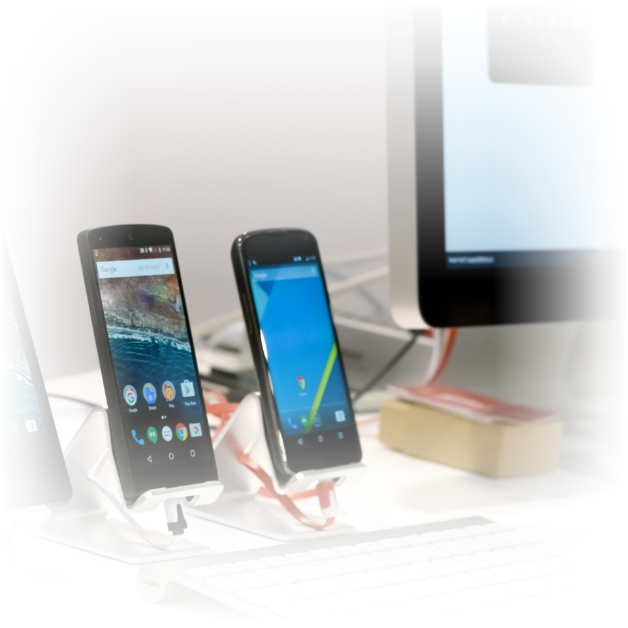- Company
- Technologies
- Services
- Our Work
- Blogs
- Contact Us
Google also provides developers with three different options to test their native Android apps:
This choice is ideal for early application building (when you don't want the broad audience seeing your application).
Also, engineering and quality assurance team members conduct alpha-testing, i.e., no external users allowed. Alpha-testing enables knowing if the concept of an application is viable. It can also identify and repair the most critical bugs that keep the Android app from running.
Your team can now expand its focus group. You can include product owners, suppliers, or most trusted customers. There are two forms of beta-test–closed and open.
Closed beta-test means creating a test group in Google+ or sending testers invites via e-mail. It helps you keep track of who can access your application and check its new build.

don't need to send e-mail invites or build any groups in social networks. It allows you to create large focus groups without limitations. Through big focus groups, you can get plenty of input.
And, if you're creating a client-server program, you can use open beta-test to learn more about how your server can manage heavy loads. Despite the fact, you can still limit the number of users who can install and check your mobile application.
Your focus group should be your target (but loyal) audience. That's how the team gets honest external reviews.
All three options are in the Google Play Developer Console for any Android developer. Your development team will move between test phases at any point in the development process if you need to increase or decrease focus group size.
Always, try to code correctly your program builds. When production build has a higher version code than alpha (or even beta) build, it will be inaccessible for QA-team.
Apart from testing forms, Google also allows you to set the tester type. That said, alpha-testers will have access to all versions of the program, while beta-testers will only have access to prototype and production builds.
Google does not push anyone to use these features when creating Android. But it would help if you certainly used all–quality assurance will drain lots of money and energy from your budget.
An easy-to-use tool for delivering the new application builds to your focus group will quickly reduce your research expenses just because it is much less time-consuming. Whether you're a customer or a developer, it doesn't matter–you should always prioritize checking the submission.
